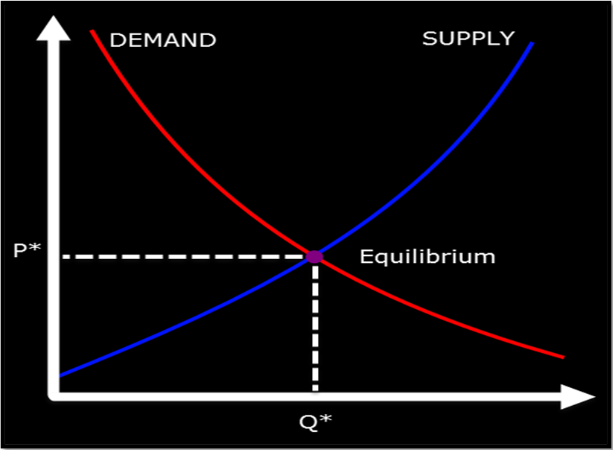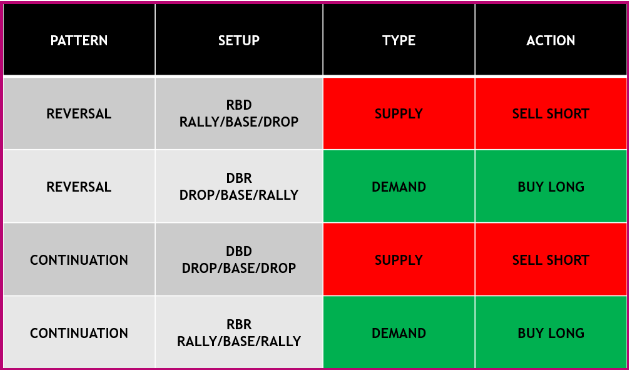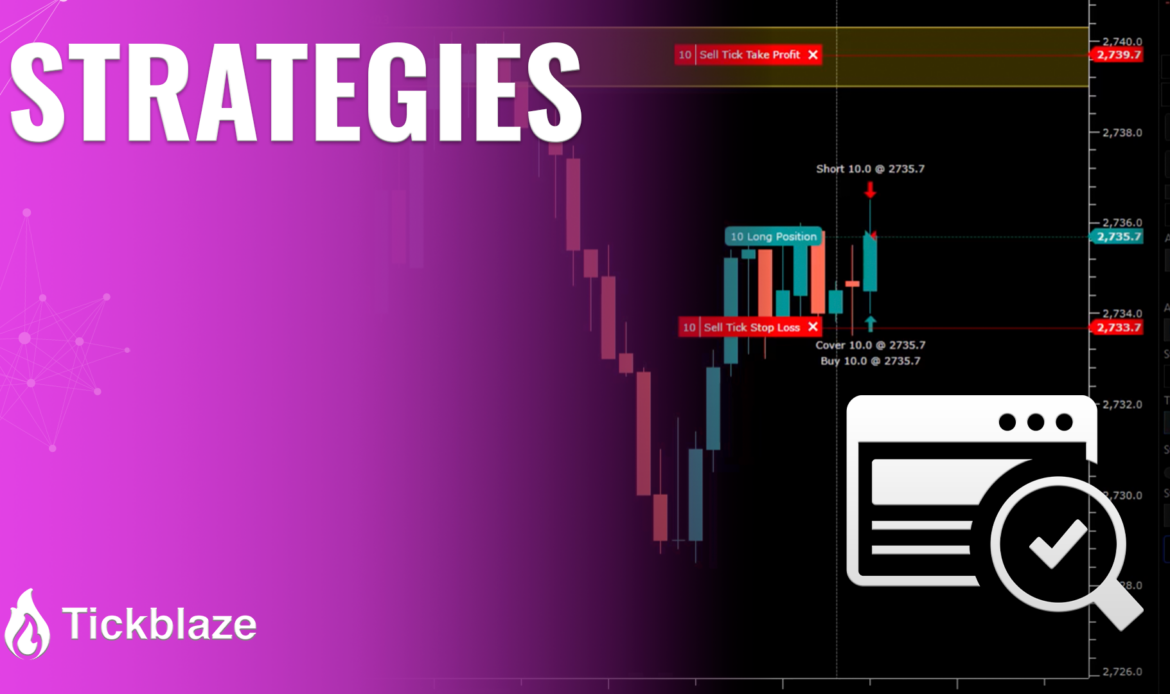Essential Guide to Understanding Supply and Demand Zones in Trading
Grasp the fundamental concepts of supply and demand zones, which are crucial for any trader looking to make informed decisions in the market. This guide provides a detailed checklist to help you identify and utilize these zones effectively.

What are Supply and Demand Zones?
Supply and demand zones are areas on a chart where the price has made a significant move. They are key indicators of potential future market movements.
The Significance of Supply and Demand Zones in Trading
Understanding these zones can help traders identify potential reversal points, entry and exit points, and overall market sentiment.
Key Smart Money Concepts
- Accumulation and Distribution: How smart money accumulates positions before the trend and distributes before the reversal.
- Stop Hunt: The practice of moving the price to trigger retail stop-loss orders.
Checklist for Identifying Supply and Demand Zones
Follow this step-by-step checklist to accurately identify supply and demand zones in your trading charts.
Step 1: Analyzing Price Swings
Step 2: Spotting Base Areas
Step 3: Determining Zone Strength
Step 4: Confirming with Volume
Practical Application: Using Supply and Demand Zones in Trading
Learn how to apply supply and demand zone analysis in real trading scenarios for better decision-making.
Trading Strategies Involving Supply and Demand Zones
- Entry and Exit Points: Use these zones to identify potential entry and exit points.
- Risk Management: Set stop-loss orders around these zones to manage risk
Common Mistakes to Avoid
Avoid common errors such as misidentifying zones or ignoring broader market trends, which can lead to inaccurate analysis.
Conclusion: Enhancing Your Trading Strategy with Supply and Demand Analysis
Incorporating supply and demand zone analysis into your trading strategy can provide a deeper understanding of market dynamics, helping you make more informed trading decisions.

Further Learning and Resources
For those looking to deepen their knowledge, consider exploring advanced strategies and attending workshops or webinars on supply and demand trading.
DISCLAIMER
NeuroStreet (and all corporate and/or subsidiary brands) has no financial interest in the outcome of any trades mentioned herein. There is a substantial risk of loss when trading securities. You are solely responsible for all decisions regarding purchase or sale of securities (futures, forex, stocks, options, crypto), suitability, and your own risk tolerance. Choosing to engage in any of the products or services demonstrated presumes you have fully read and understood the risk involved in trading as set forth herein. There may be tax consequences for short-term profits or losses on trades. Consult your tax professional or advisor for details on these if applicable. Neither NeuroStreet (and all corporate and/or subsidiary brands), nor its principles, contractors or employees are licensed brokers or advisors.
NeuroStreet (and all corporate and/or subsidiary brands) offers services and products for educational purposes only. Market recommendations are not to be construed as investment or trading advice. You acknowledge that you enter into any transactions relying solely on your own judgment. Any market recommendations provided are generic only and may or may not be consistent with the market positions or intentions of NeuroStreet (and all corporate and/or subsidiary brands) or its affiliates. Any opinions, news, research, analysis, prices, or other information contained on our website or by presentation of our material is provided as general market commentary, and do not constitute advisory services.
All testimonials provided are the personal experiences of individual users and are not representative, nor do they constitute any guarantees or expectation of future performance. Results are not typical and have not been verified. All testimonials are to be considered for informational purposes only and should not be construed as investment or trading advice.
CFTC RULE 4.41 – Hypothetical performance results have many inherent limitations, some of which are described below. No representation is being made that any account will or is likely to achieve profits or losses similar to those shown. In fact, there are frequently sharp differences between hypothetical performance results and the actual results subsequently achieved by any particular trading program. One of the limitations of hypothetical performance results is that they are generally prepared with the benefit of hindsight. In addition, hypothetical trading does not involve financial risk, and no hypothetical trading record can completely account for the impact of financial risk in actual trading. For example, the ability to withstand losses or to adhere to a particular trading program in spite of trading losses are material points which can also adversely affect actual trading results. There are numerous other factors related to the markets in general or to the implementation of any specific trading program which cannot be fully accounted for in the preparation of hypothetical performance results and all of which can adversely affect actual trading results.
NOT INVESTMENT OR TRADING ADVICE | INFORMATIONAL AND EDUCATIONAL PURPOSES ONLY
Author Note:
This article was written by an independent communications consultant engaged by NeuroStreet. The author is not a licensed financial advisor or broker and does not provide trading, investment, or financial advice. All information has been prepared using materials provided by the client and is intended solely for educational and informational purposes.





